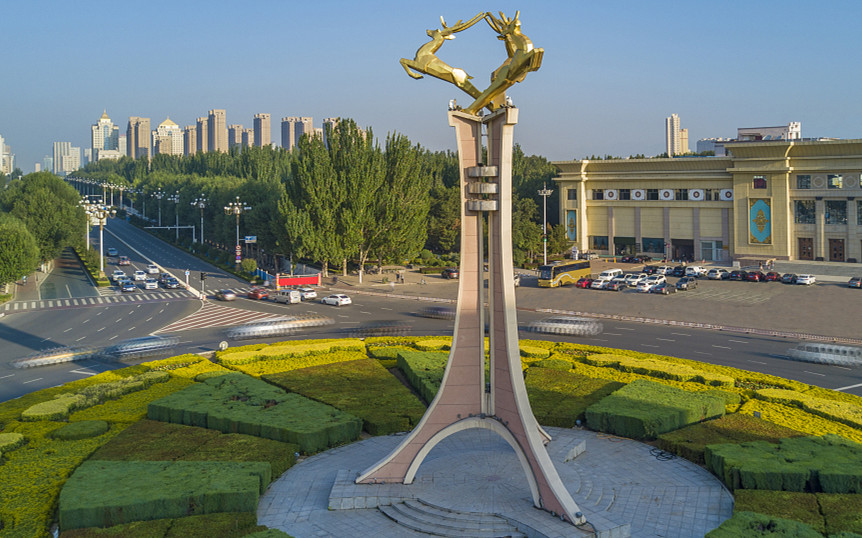China's Inner Mongolia sees more rare earth in situ conversion
The city of Baotou, North China's Inner Mongolia autonomous region, has almost doubled its in situ conversion rate of rare earth raw material to 75 percent, the municipal government said on Thursday.
Rare earth functional materials and applications accounted for more than half of the total rare earth industry output of the city, which is home to over 80 percent of China's rare earth resources.
By upgrading its rare earth processing industries, fostering research forces and enhancing policy and funding, Baotou has stepped up its efforts to achieve high-quality industrial development in recent years, said Zhao Jiangtao, mayor of the city.
Baotou's rare earth industry grew by 16.8 percent year on year to reach 17.6 billion yuan (about 2.5 billion U.S. dollars) in 2018, contributing 17 percent of the city's industrial economy.
According to Zhao, the municipal government will speed up the construction of a new industrial park for rare earth materials.
Known as China's "rare earth capital," Baotou has proven rare earth reserves of more than 100 million tonnes in its Bayan Obo mining area.

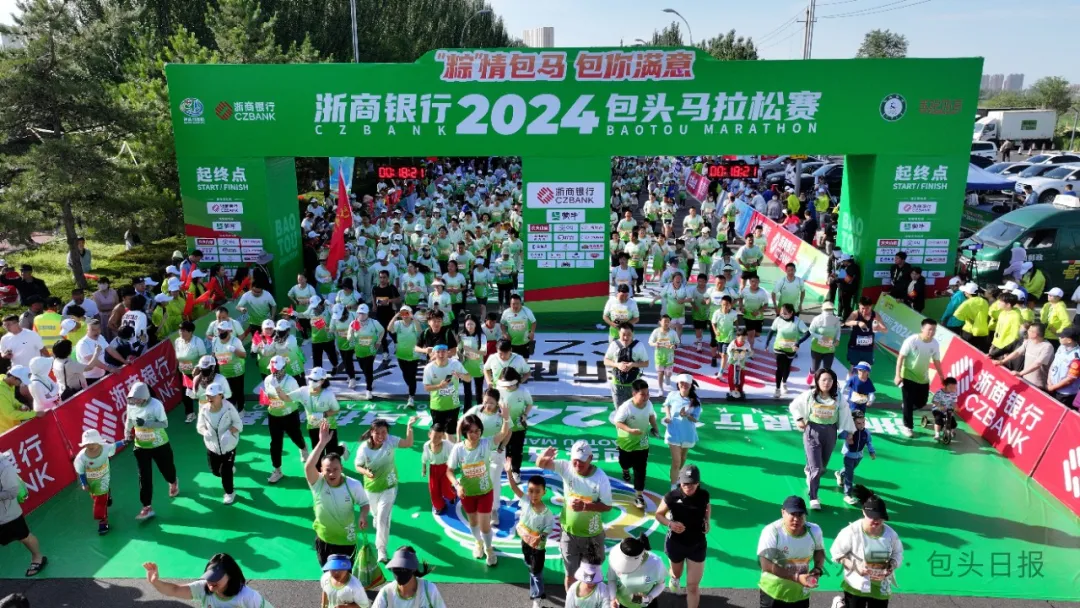
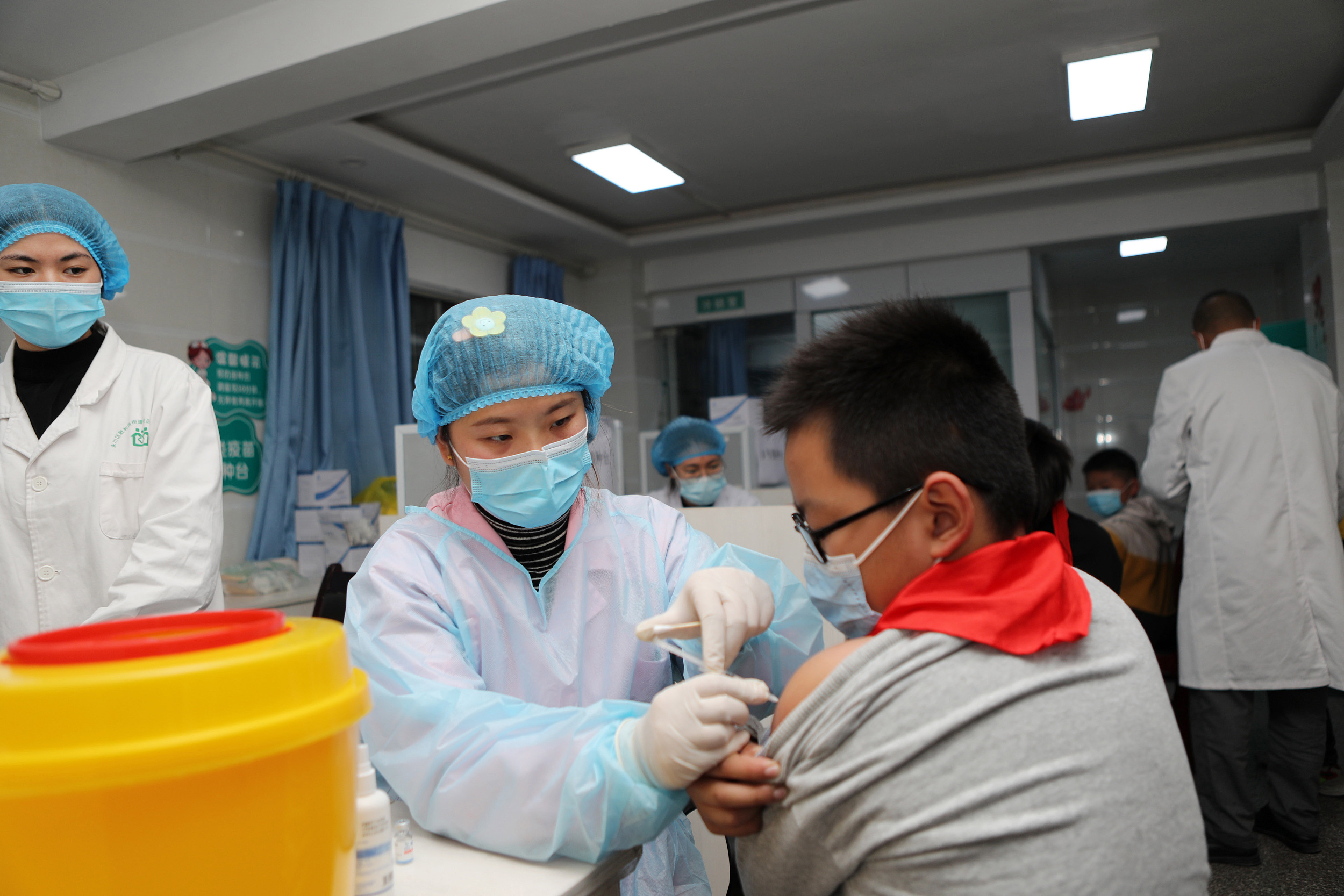
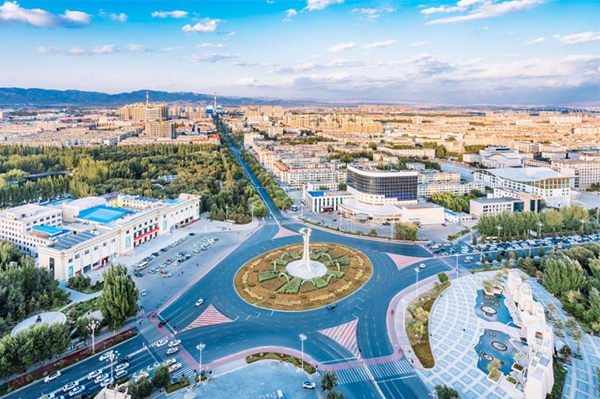
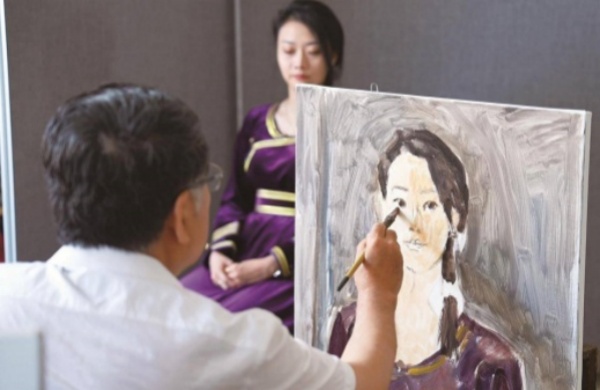
 Sketching and creation tour in Baotou
Sketching and creation tour in Baotou